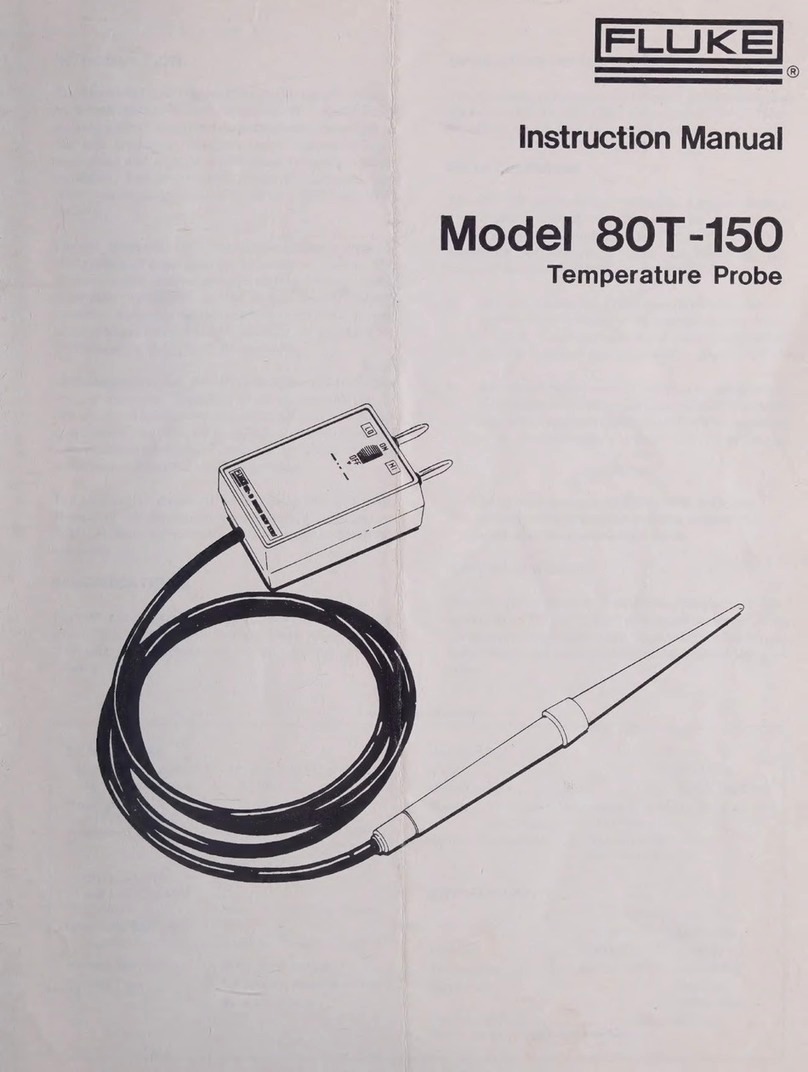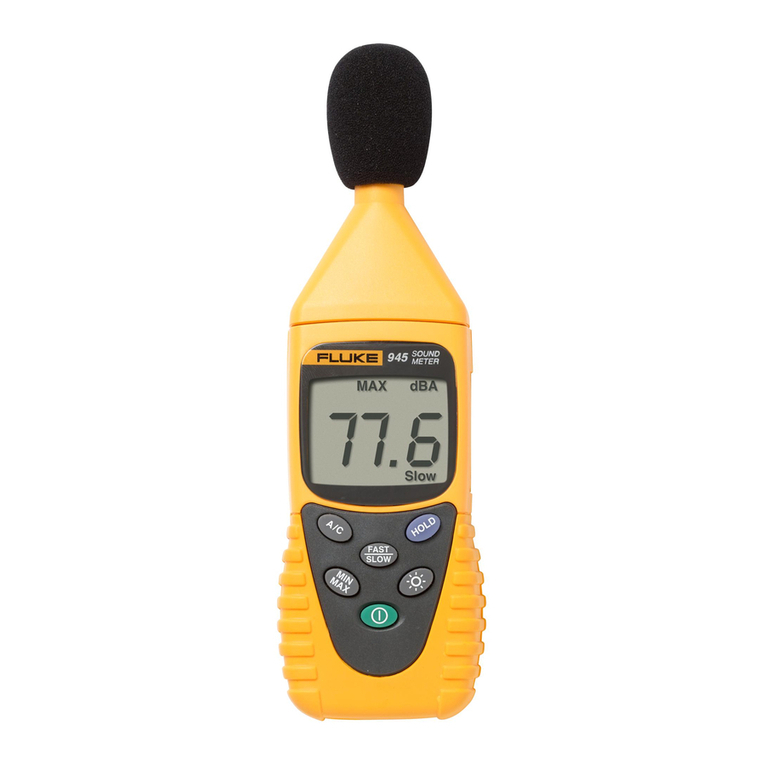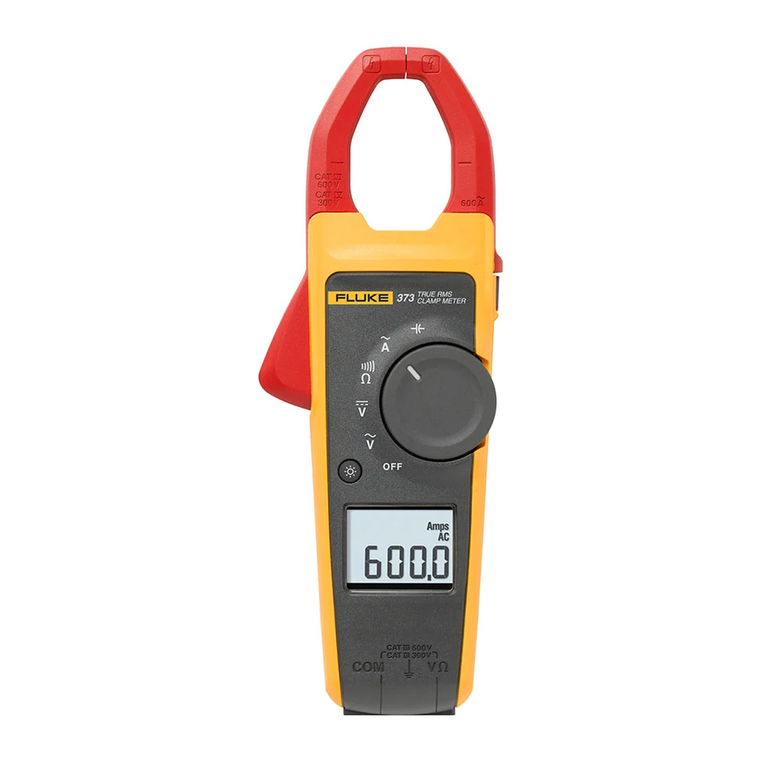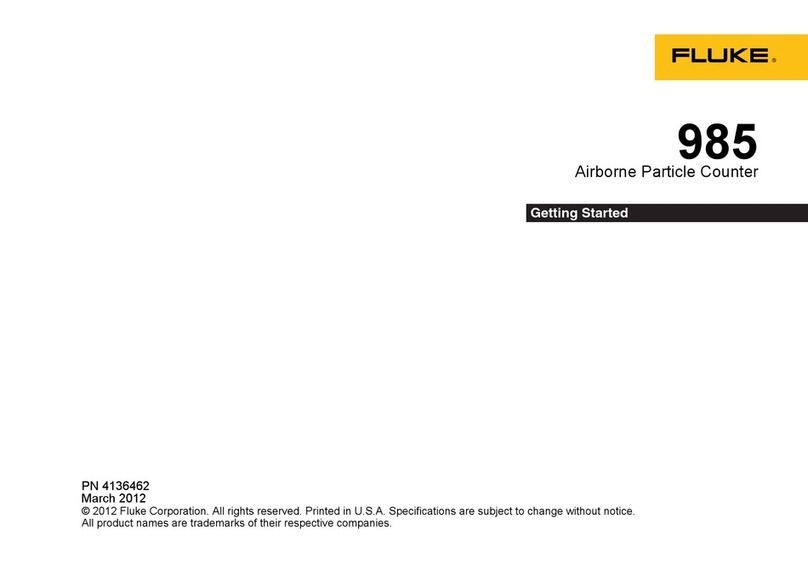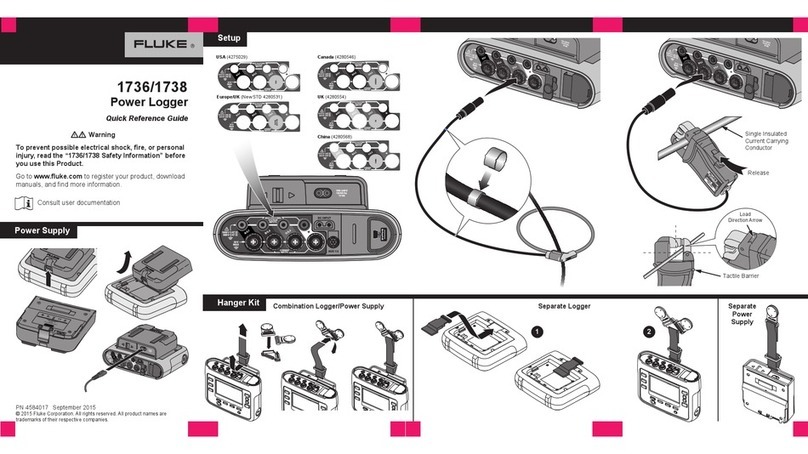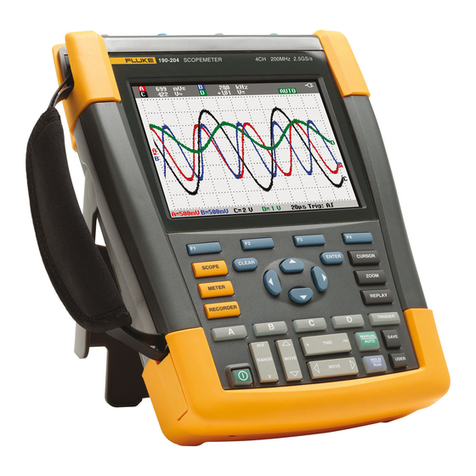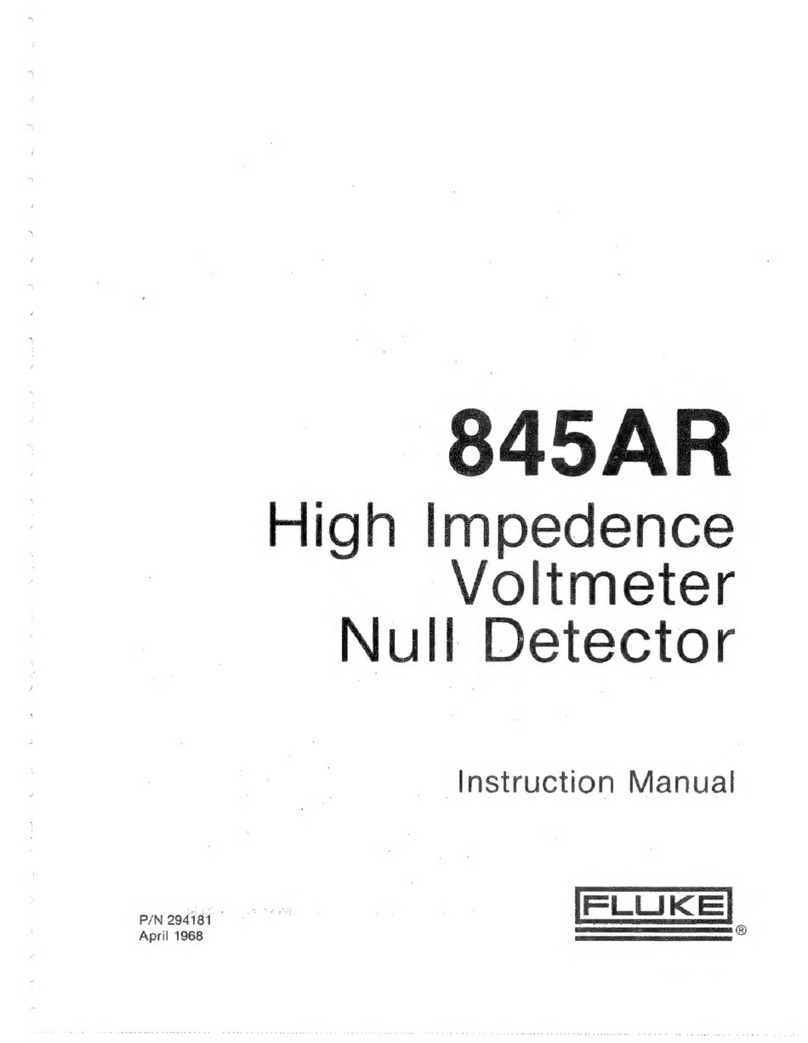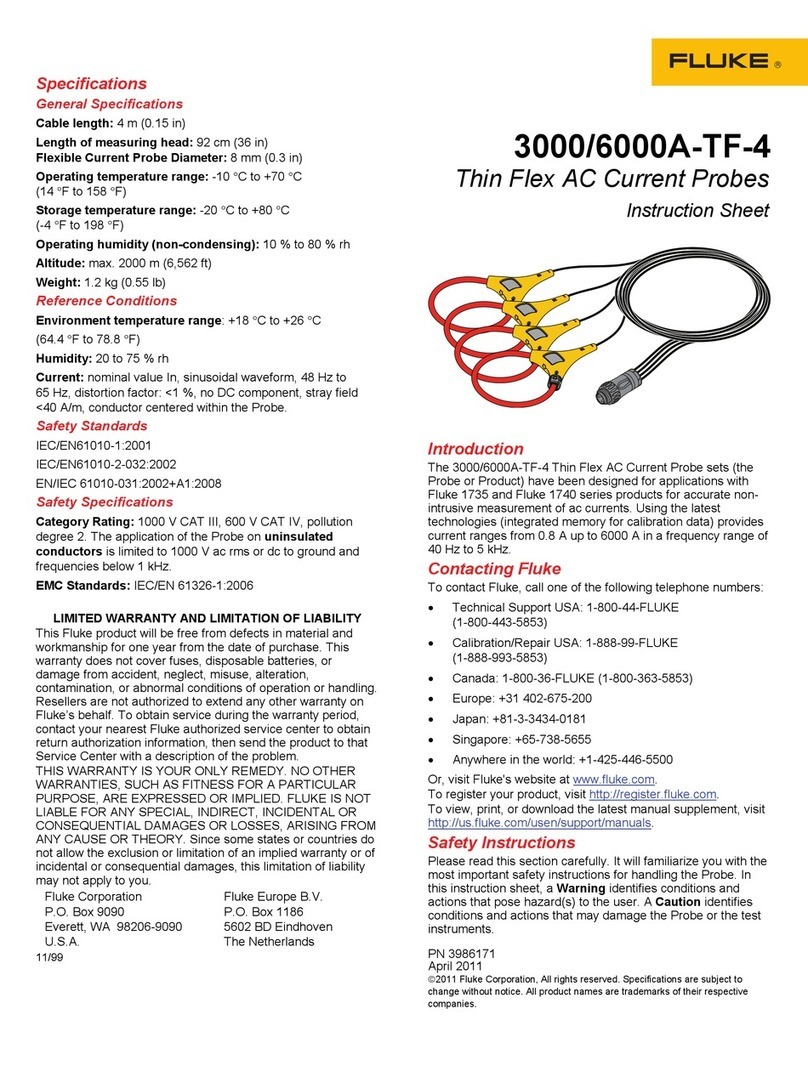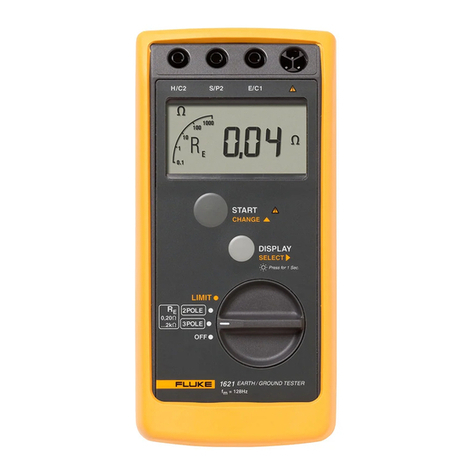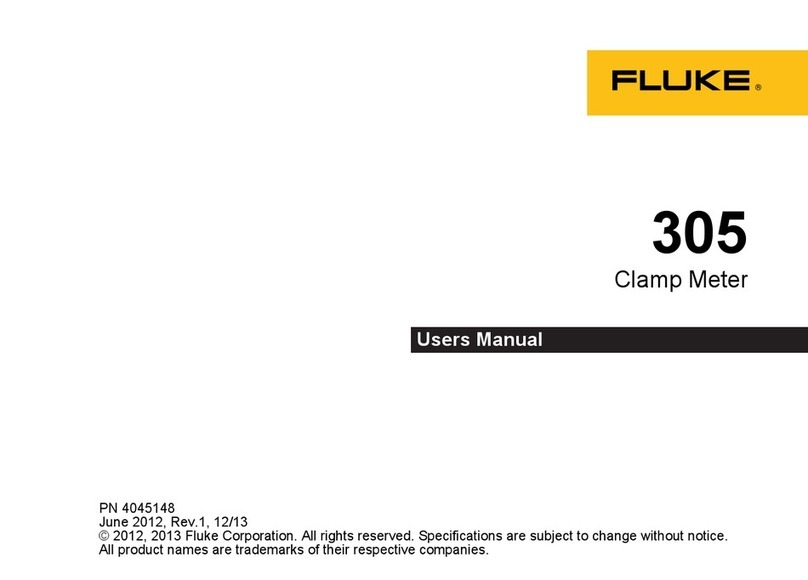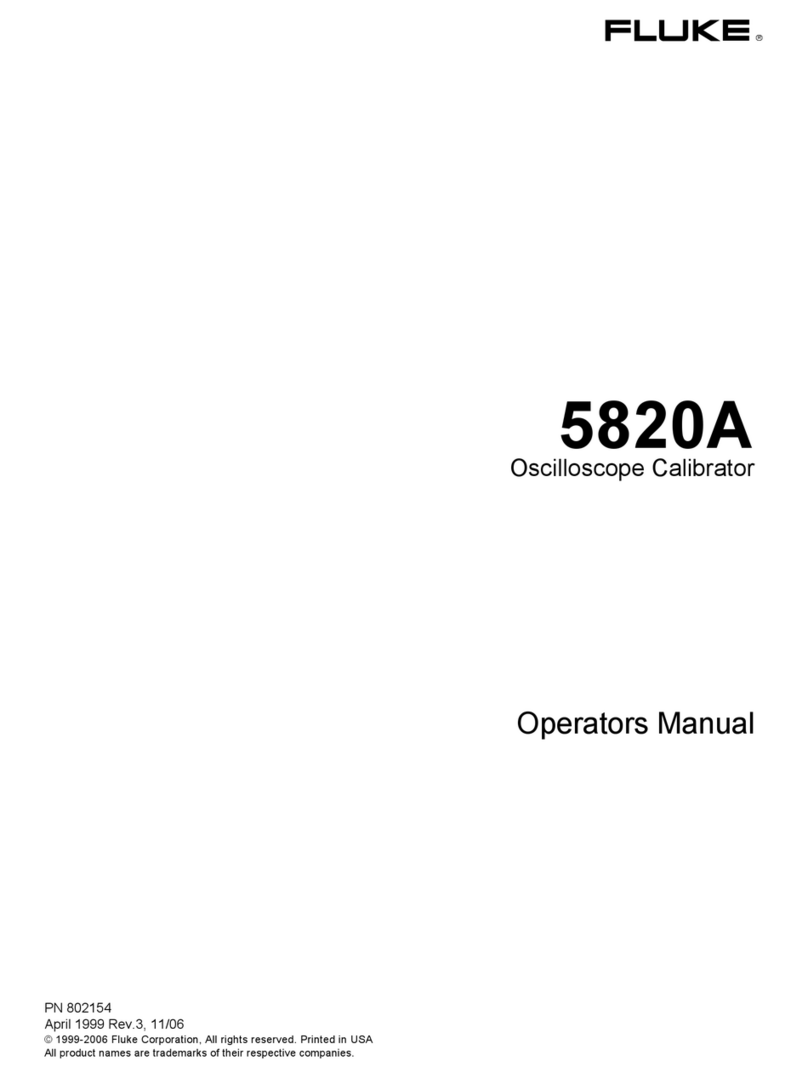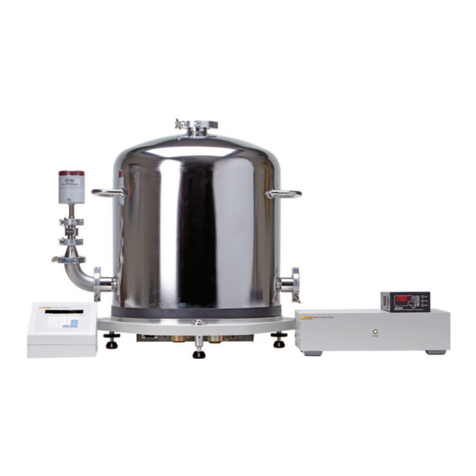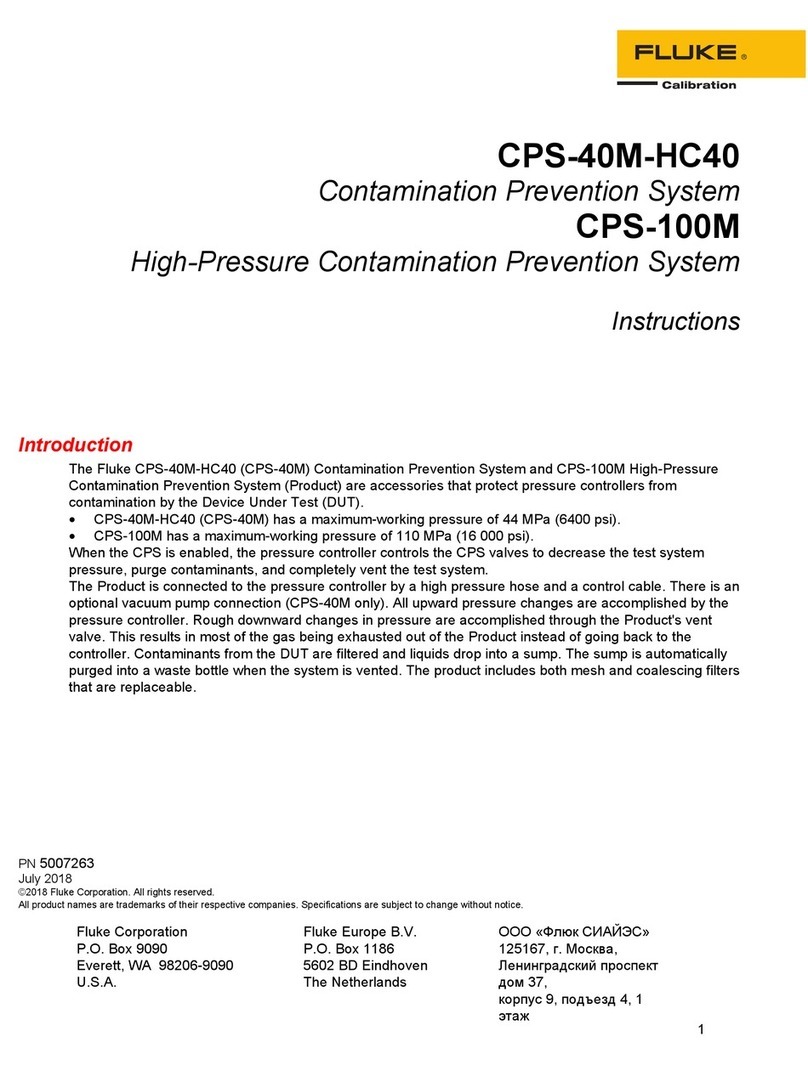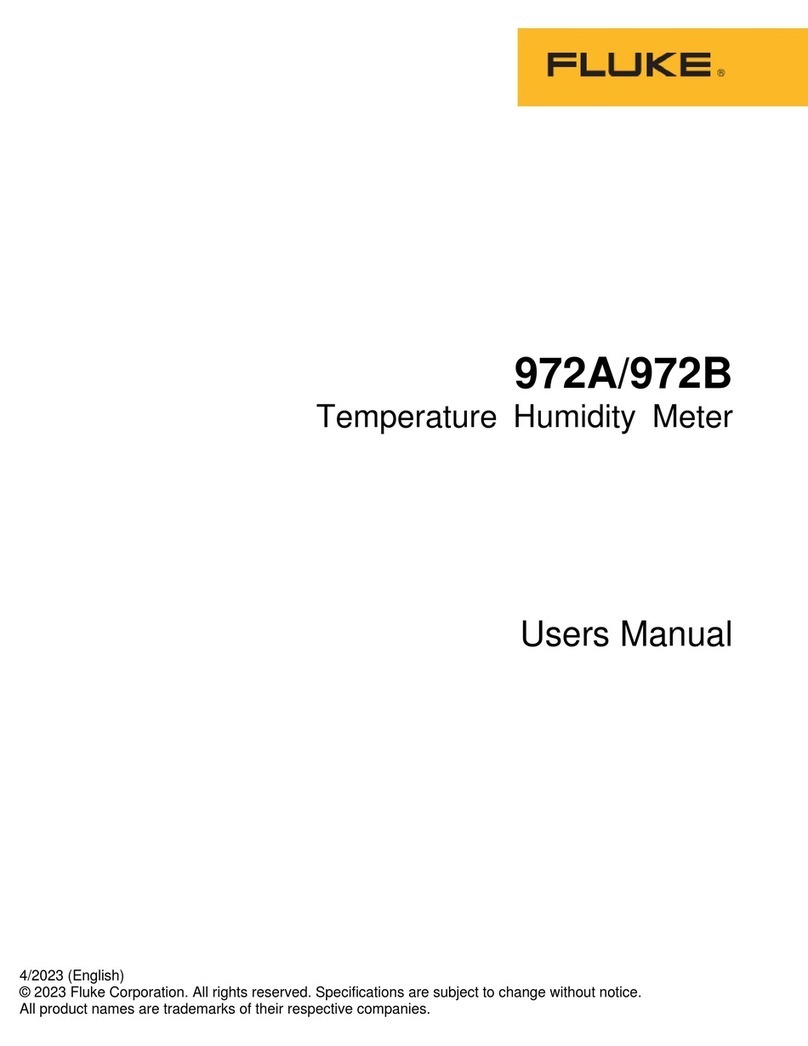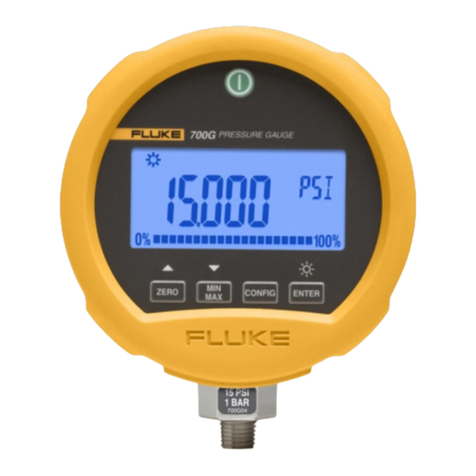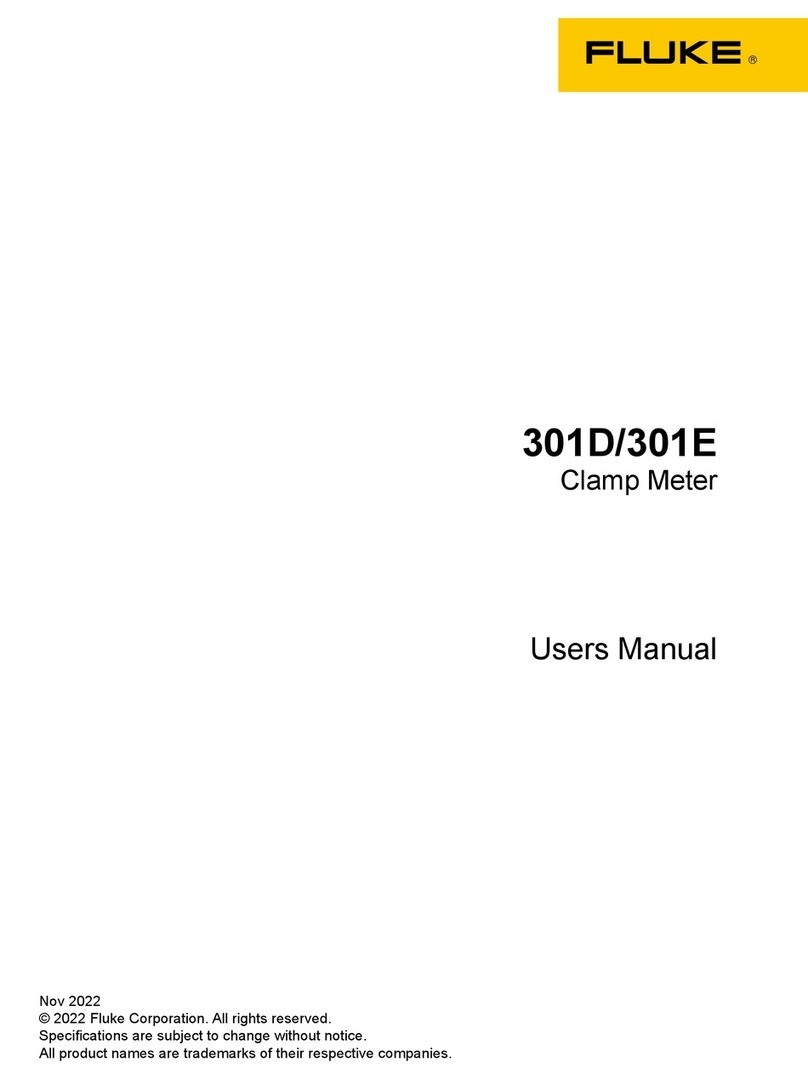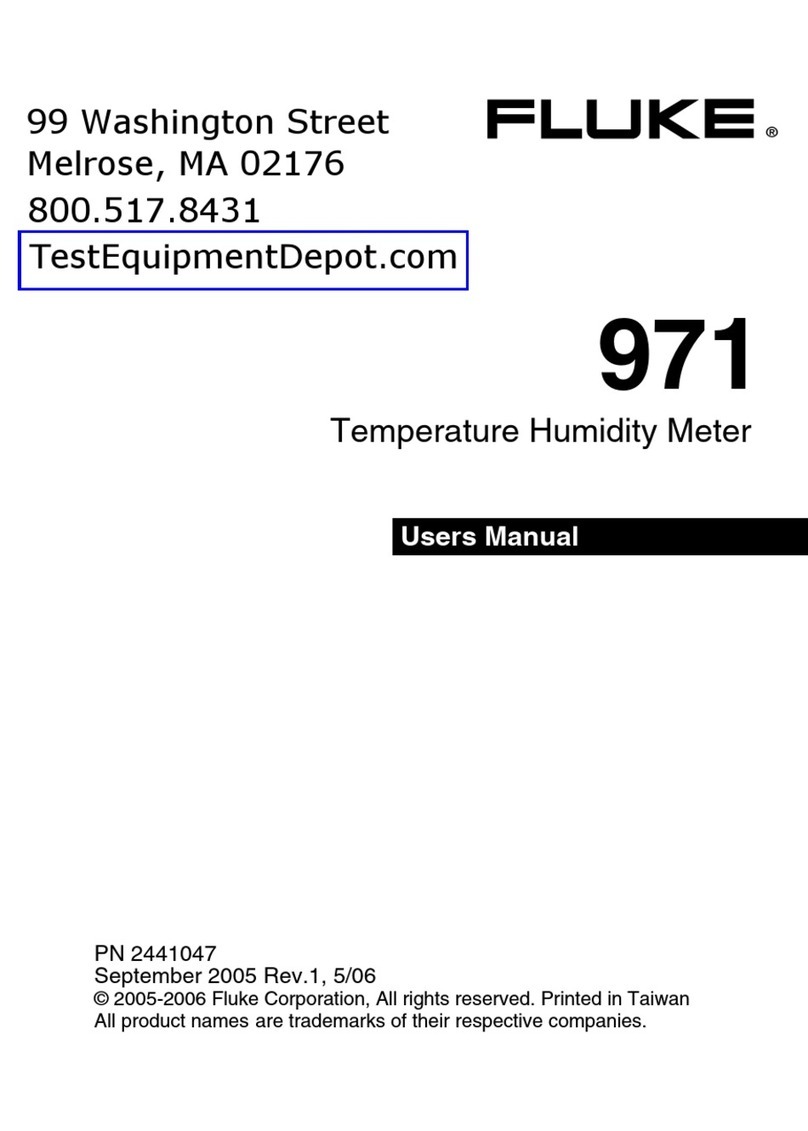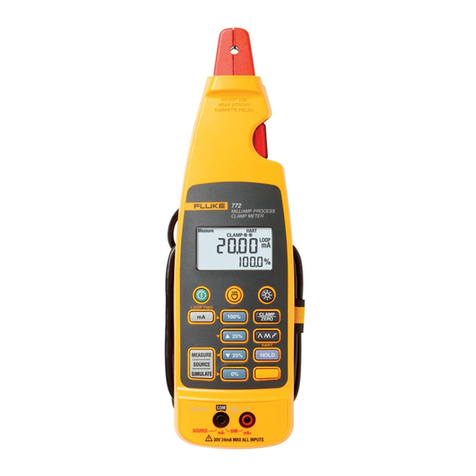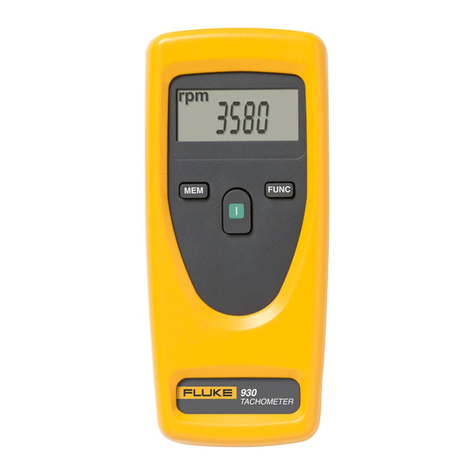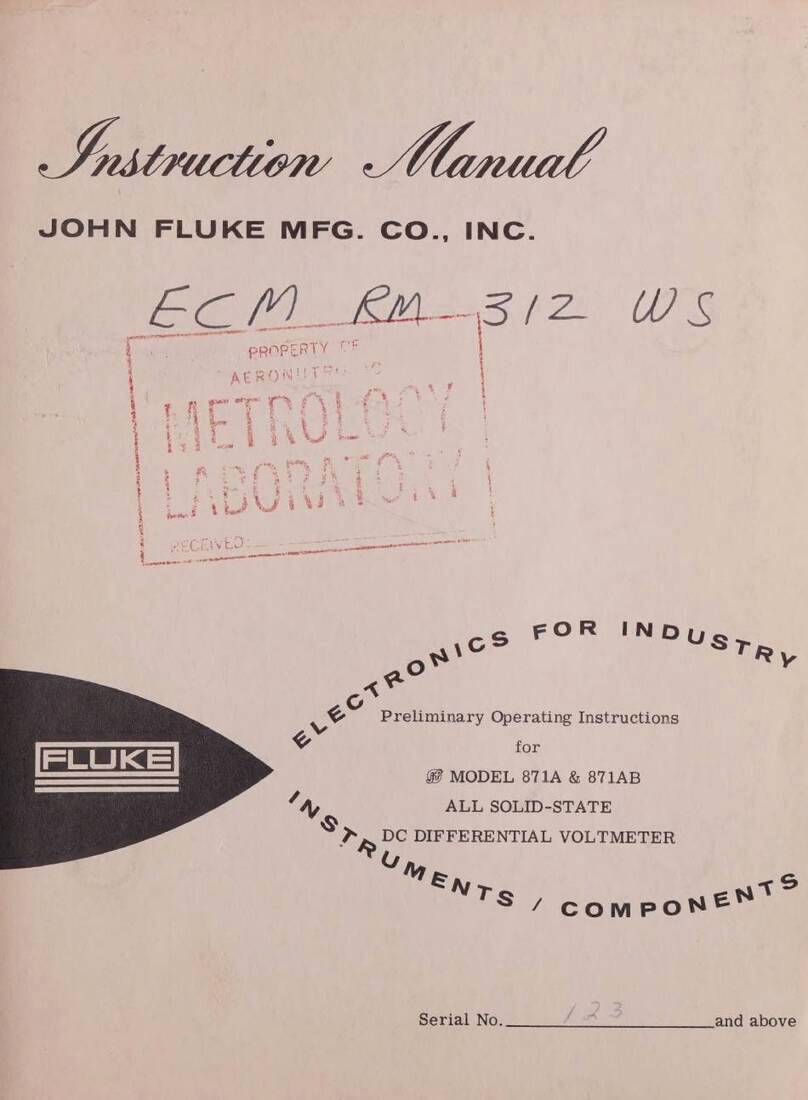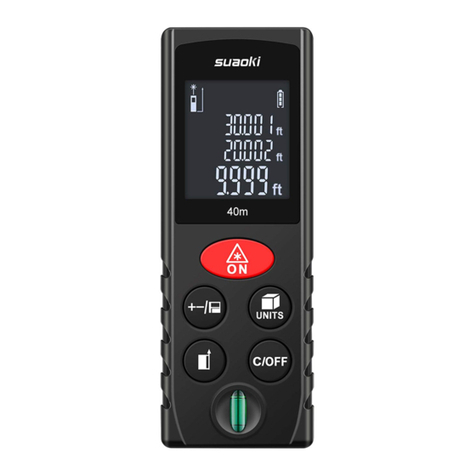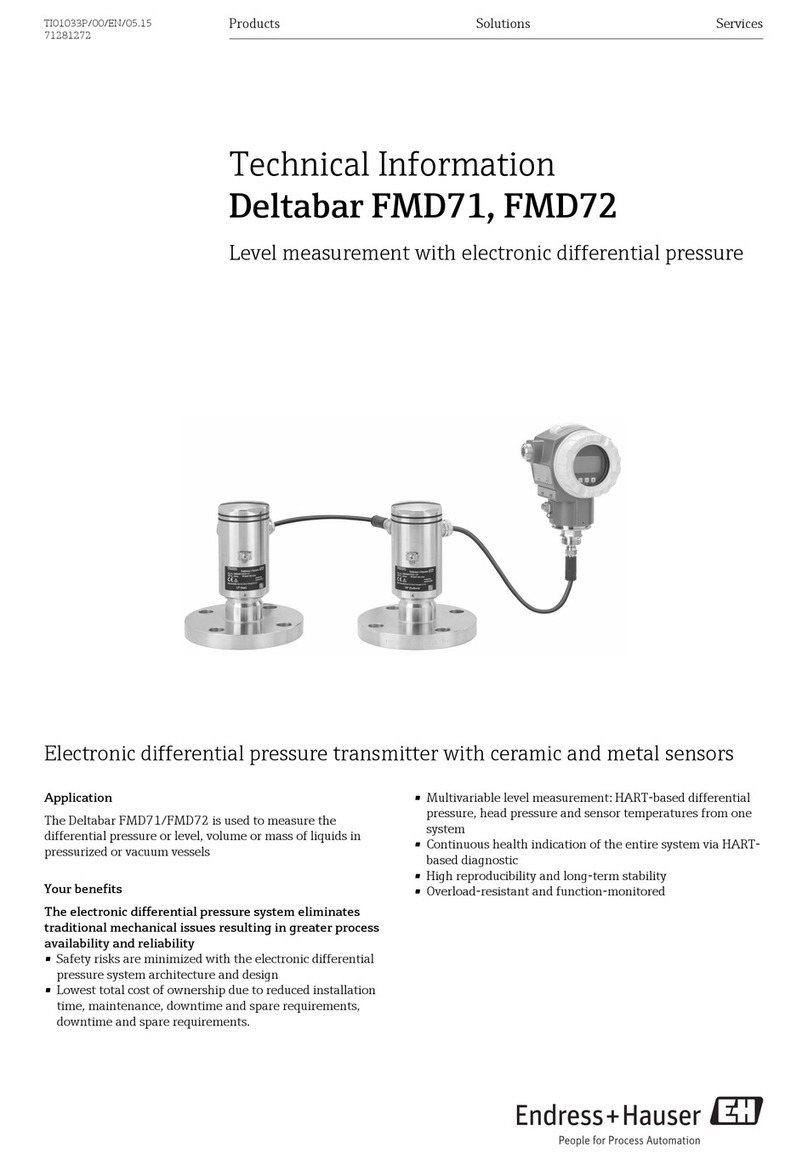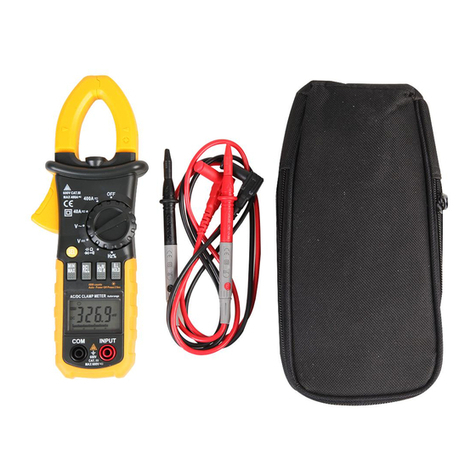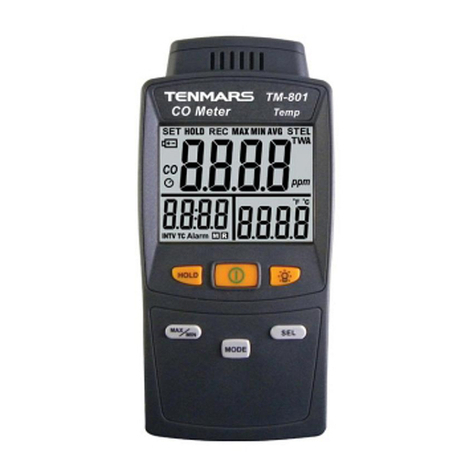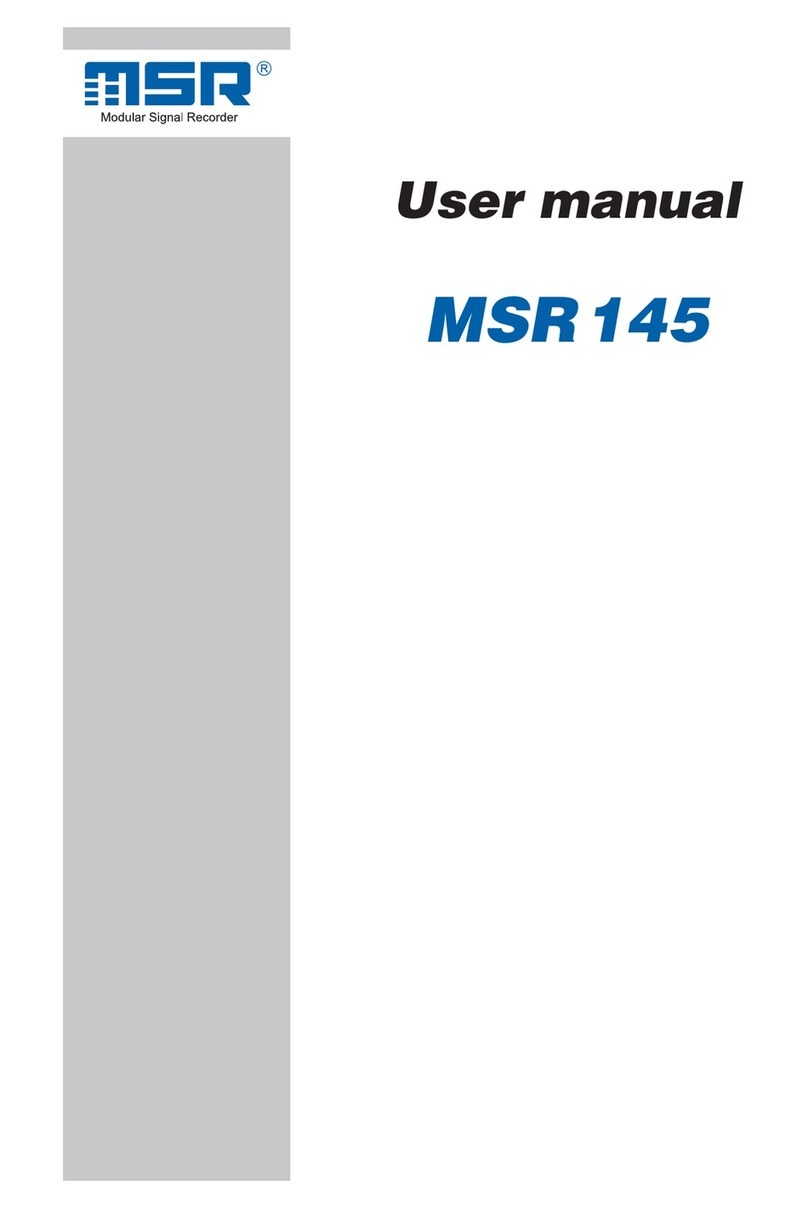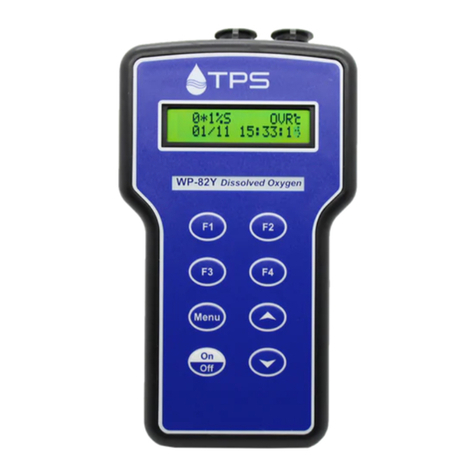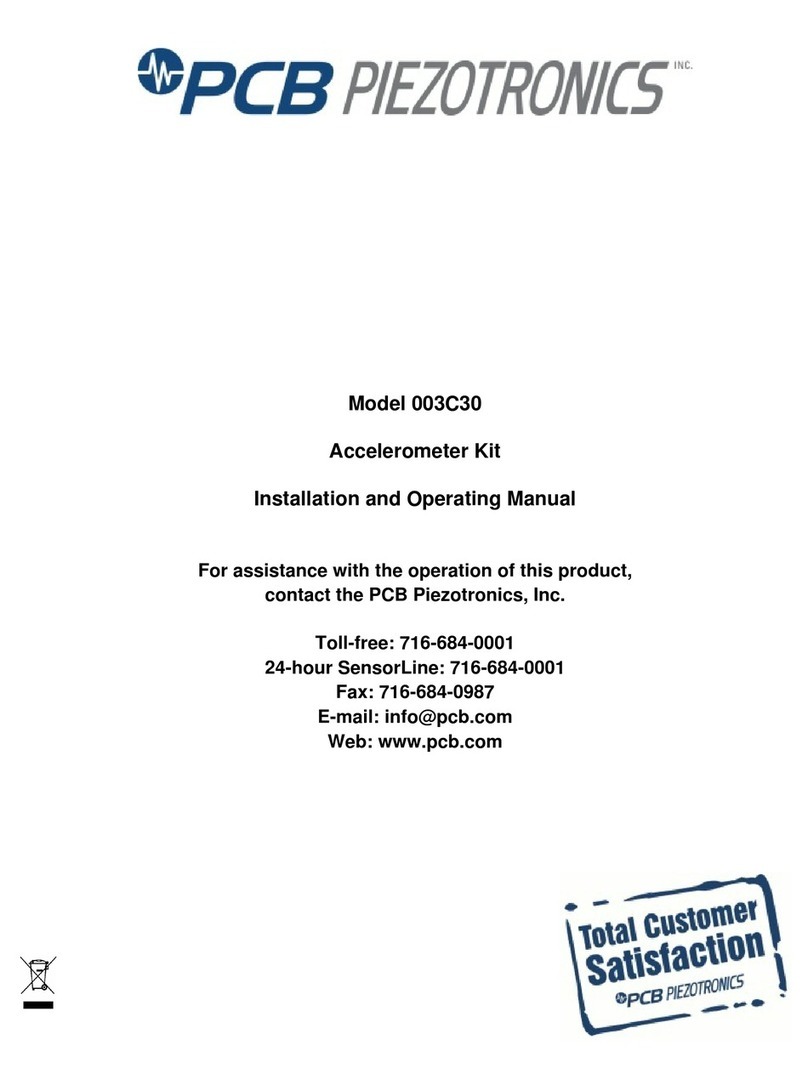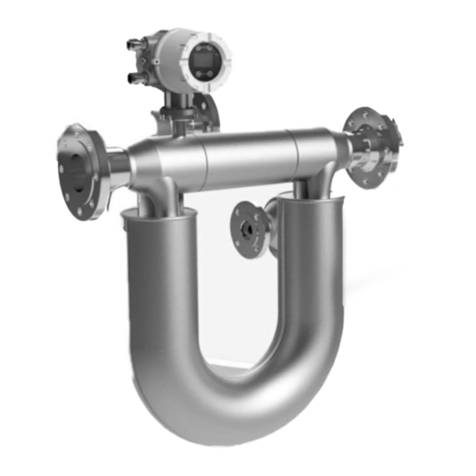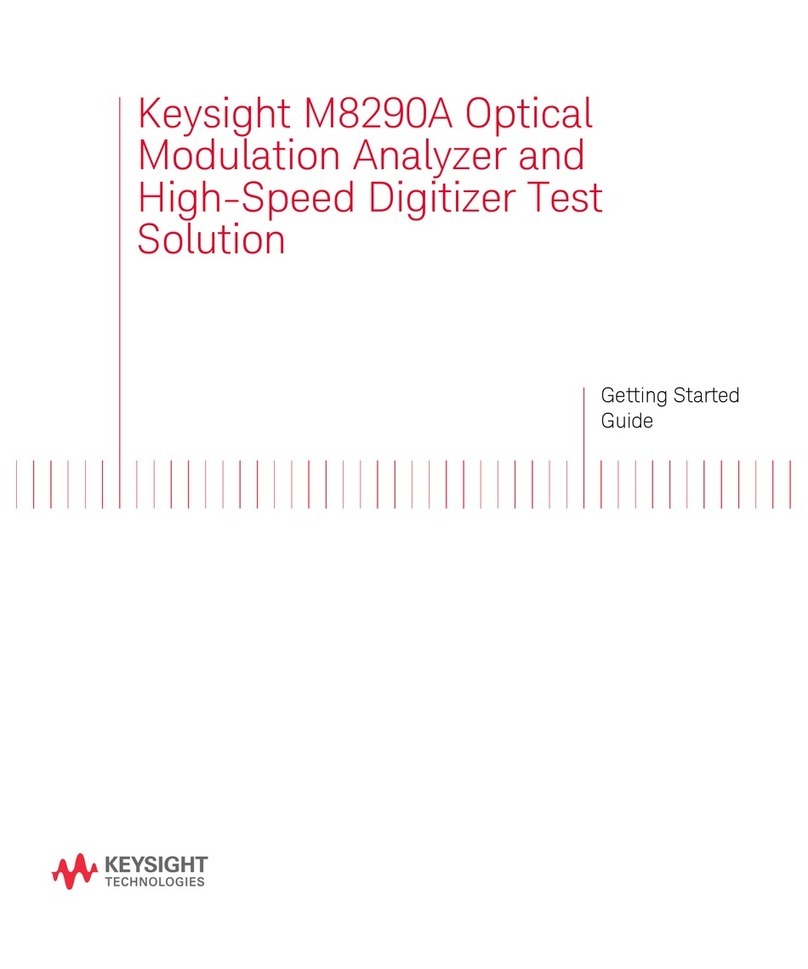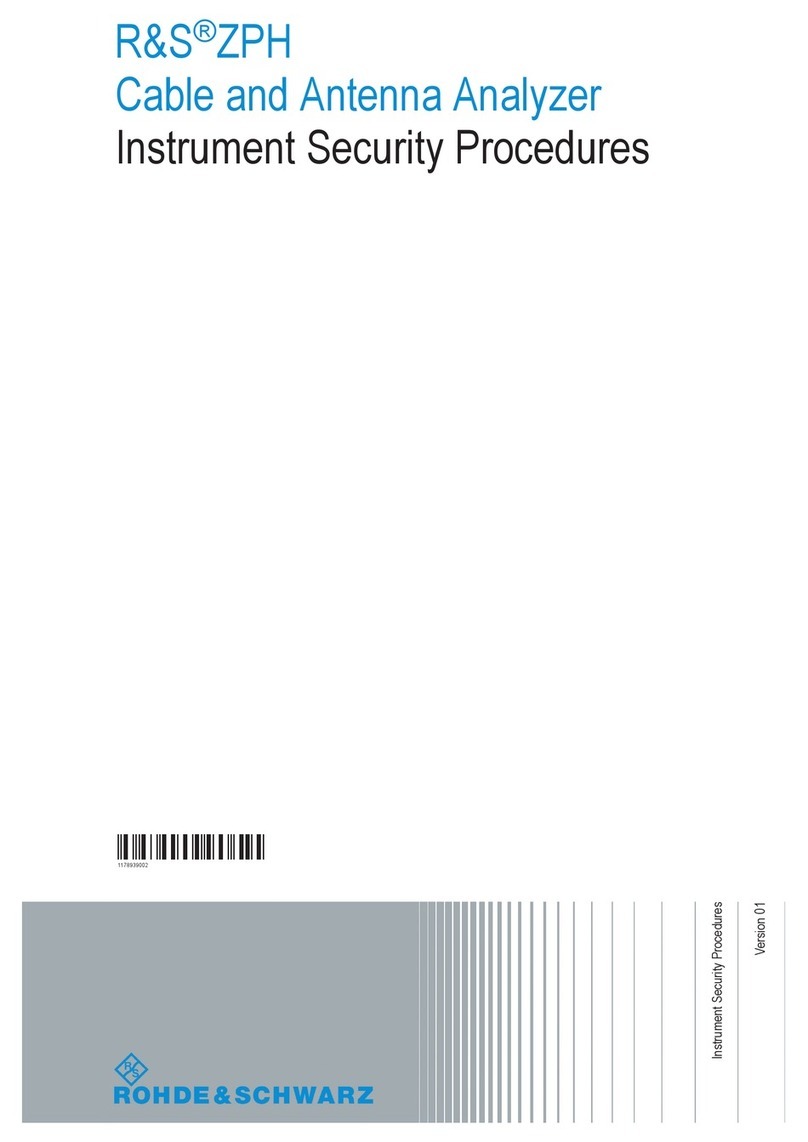
WX Warning
The Probe may only be used and handled by
qualified personnel. To avoid electric shock or
personal injury, follow these precautions:
•Do not apply to or remove from hazardous
live conductors without taking additional
protective measures.
•High voltages and currents may be present in
adjacent circuits under test.
•Do not use the Probe if damaged. Always
connect to display device before it is installed
around the conductor.
•Use the Probe only as specified in the
operating instructions; otherwise the safety
features may not protect you.
•Adhere to local and national safety codes.
Individual protective equipment must be used
to prevent the shock and arc blast injury
where hazardous live conductors are
exposed.
•Before each use, inspect the Probe. Look for
cracks or missing portions of the housing or
output cable insulation. Also look for loose or
weakened components.
•Use caution when working with voltages
above 60 V dc, 30 V ac rms or 42 V ac peak.
Such voltages pose a shock hazard.
•Equipment is considered to be used in 600 V
CAT IV and 1000 V CAT III environment.
CAT IV equipment is designed to be used at
the source of distribution system up to the
energy-meter within the installation. CAT III
equipment is designed to be used in
distribution panels, feeders and short branch
circuits, and the lighting system in large
buildings.
•Do not use Probe in damp or wet
environments or in locations that hazardous
gases exist.
Operating Instructions
1. Connect the Probe to the product current input jack.
2. Wear protective gloves or de-energize the circuit and
place the Probe around the conductor under test. Re-
energize the circuit.
3. Observe and take measurements as required.
Positive output indicates that the current flow is in the
direction shown by the arrow on the Probe.
4. Wear protective gloves or de-energize the circuit
before removal of the Probe.
Cleaning
Clean the Probe periodically by wiping it with a damp cloth and
detergent. Do not use abrasive cleaners or solvents. Do not
immerse the Probe in liquids.
Symbols
~Do not dispose of this product as unsorted municipal
waste. Go to Fluke’s website for recycling information.
-Do not apply around or remove from HAZARDOUS LIVE
conductors, without using protective gloves.
TProduct is protected by double insulation.
WRisk of Danger. Important information. See Instruction
Sheet.
XHazardous voltage.
)Conforms to relevant Canadian Standards Association
directives.
PConforms to relevant European Union directives.
Electrical Characteristics
Input ranges IIL1, L2, L3, N: 30 / 300 / 3000 / 6000 A AC
Measuring range: 0.8 A to 6000 A AC
Intrinsic error: <2 % of II
Position influence: max. ±2 % of m.v. for distance conductor
to measuring head >30 mm (1.18 in)
Stray field influence: <±2 A for Iext= 500 A AC and distance
to measuring head >200 mm (7.87 in)
Temperature coefficient: <0.05 % / K
Current transformer: ratio : ≤999 kA / ≤II
Ratio selection: by job programming for 174x series; by setup
menu for 1735
Connection: 3-phase, 3-phase + N; 2-phase L1 and L3
(2W-meter-method); 7 pole connector
Specifications
General Specifications
Cable length: 4 m (0.15 in)
Length of measuring head: 122 cm (48 in)
Operating temperature range: -10 °C to +70 °C
(14 °F to 158 °F)
Storage temperature range: -20 °C to +90 °C
(-4 °F to 198 °F)
Operating humidity (non-condensing): 10 % to 80 %
Weight: 1.5 kg (3.3 lb)
Reference Conditions
Environment temperature range: +18 °C to +26 °C
(64.4 °F to 78.8 °F)
Humidity: 20 to 75 % rh
Altitude: max. 2000 m (1.24 mi)
Current: nominal value In, sinusoidal waveform, 48 Hz to
65 Hz, distortion factor: <1 %, no DC component, stray field
<40 A/m, conductor centered within the Probe.
Safety Standards
IEC/EN61010-1:2001
IEC/EN61010-2-032:2002
IEC/EN61010-031:2002
Safety Specifications
Category Rating: 1000 V CAT III, 600 V CAT IV, pollution
degree 2. The application of the Probe on uninsulated
conductors is limited to 1000 V ac rms or dc to ground and
frequencies below 1 kHz.
EMC Standards: IEC/EN 61326-1:2006
